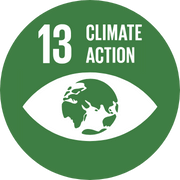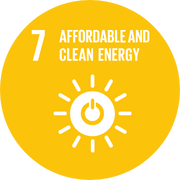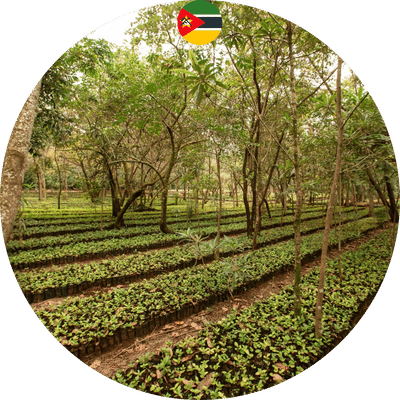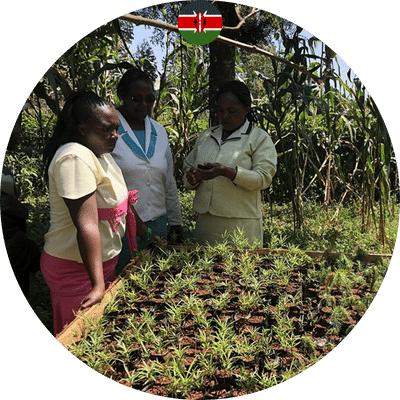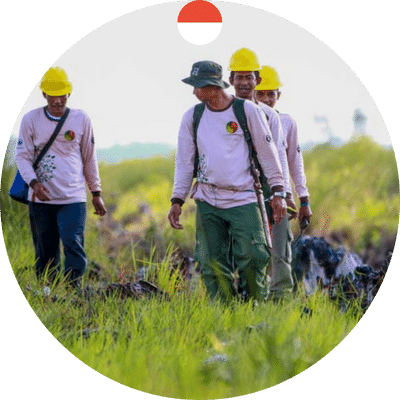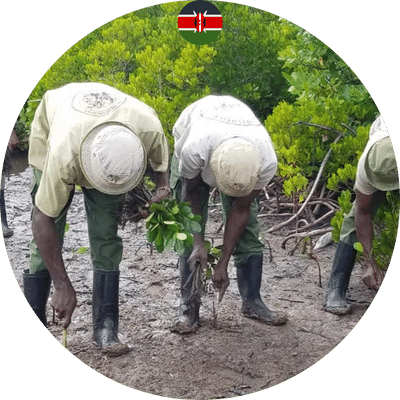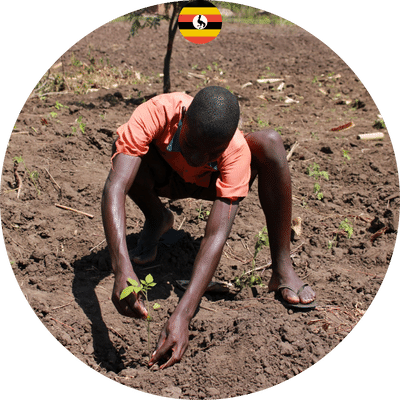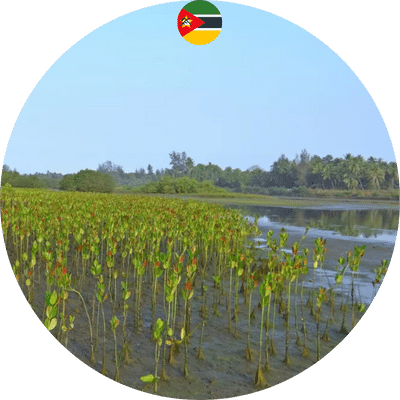Avoiding Methane Emissions from Landfills in Brazil
Project location
Brazil is the fifth-largest waste producer in the world as a country. In 2015, the production of urban solid waste in Brazil amounted to approximately 79.9 million tons, which is equivalent to about 1 kg of waste per person per day.
The majority of this waste ends up in landfills, where it decomposes and releases methane gas. Methane is about 34 times more potent as a greenhouse gas than carbon dioxide. Therefore, methane has a significant impact on global warming when released into the atmosphere.
Project objectives
The main goal of the project is to prevent methane gas emissions into the atmosphere at the “Central de Tratamento de Resíduos Macaúbas” landfill, located in the municipality of Sabará in the state of Minas Gerais, Brazil. The project activity includes the installation of new systems for active LFG (Landfill Gas) extraction, flaring, and electricity generation.
Initially, landfill gas was collected through a passive system without systematic and controlled flaring. This project involves investments to improve the collection of landfill gas and install appropriate facilities to properly flare the methane produced on-site and generate electricity. The total emission reduction achieved in the current monitoring phase is 102,580 tCO2e.
The implementation of this project prevents environmentally harmful methane from being released into the atmosphere. Additionally, it ensures the delivery of electricity to the grid while preventing methane emissions. Moreover, the project creates jobs, including operators needed to maintain and operate the machinery. Therefore, the project is expected to be financially sustainable in the long term.
Landfill methane capture
Landfill methane capture is a mature technology that has been used widely for decades. It involves capturing methane gas generated by the decomposition of organic waste in landfills and using it to generate electricity or heat.
Methane is a potent greenhouse gas, with a global warming potential 25 times greater than carbon dioxide. Landfills are a major source of methane emissions, accounting for about 10% of global methane emissions.
Landfill methane capture systems typically consist of a network of wells that are drilled into the landfill to collect the methane gas. The gas is then piped to a collection system and treated to remove impurities. The treated methane gas can then be used to generate electricity in a gas turbine or engine, or it can be used to produce heat.
Sustainable Development Goals
When allocating our members’ funds, we’re committed to aiding in the Sustainable Development Goals set by the United Nations. Below are the SDGs acknowledged for this project.
Project Photos












